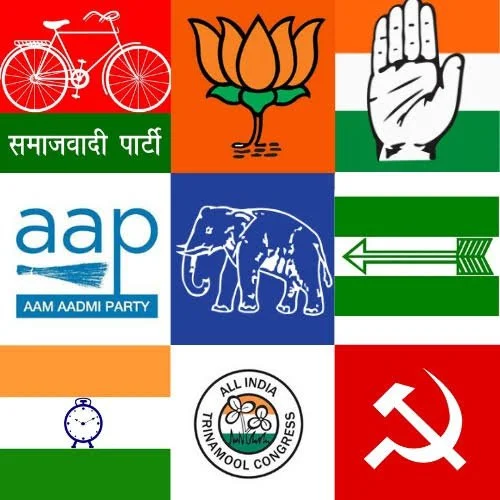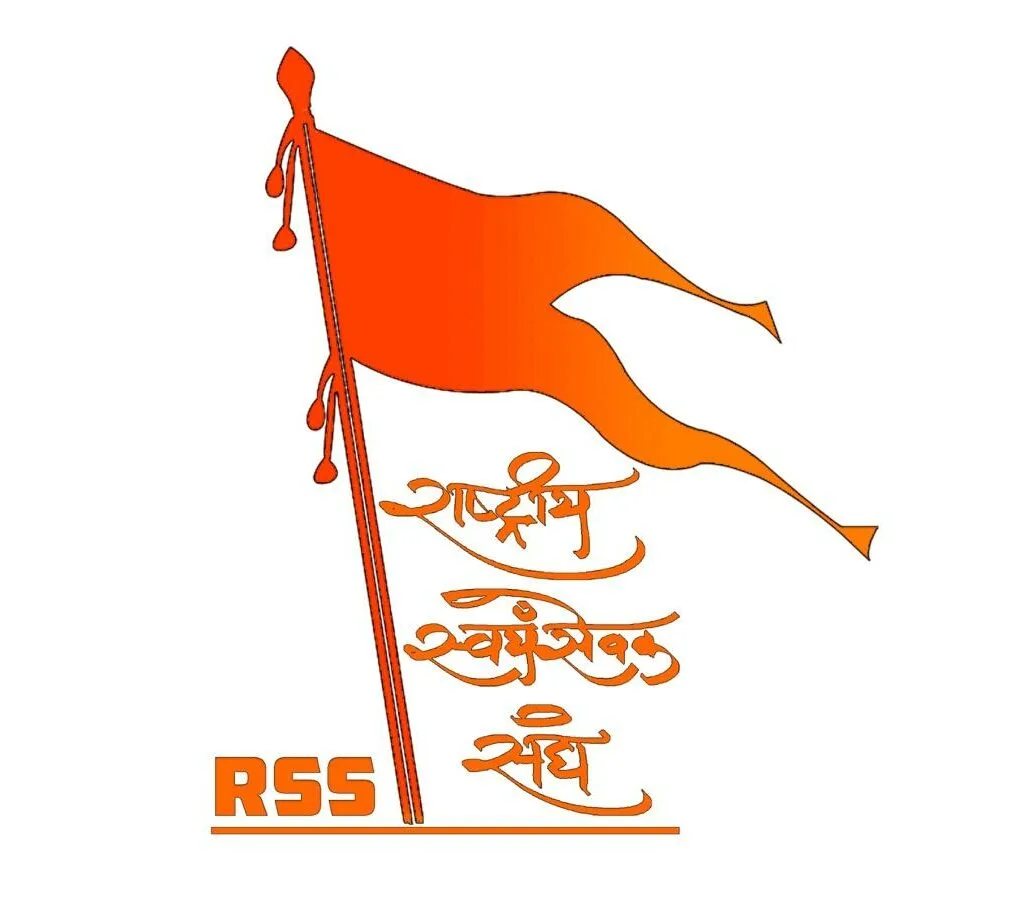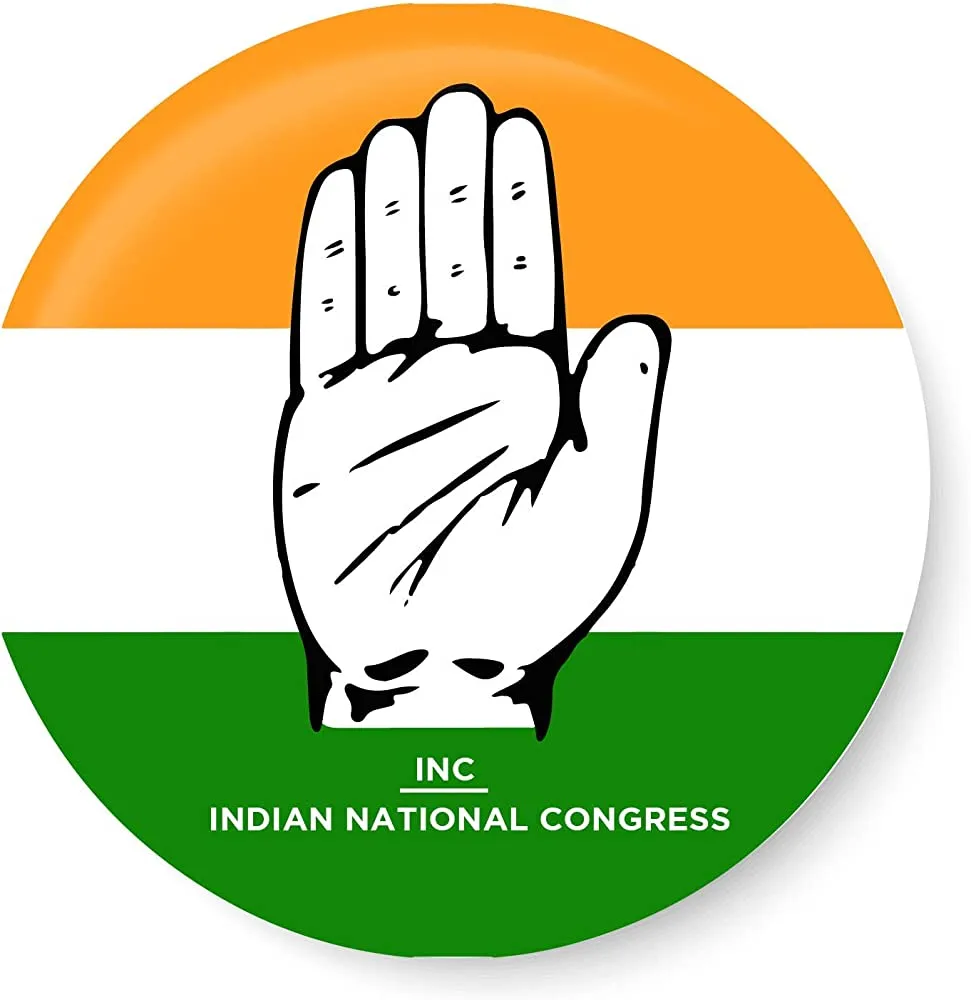Introduction
India, the world’s largest democracy, is known for its vibrant and diverse political landscape. With numerous political parties representing various ideologies and interests, the country’s political scene is a fascinating tapestry of ideas, beliefs, and aspirations. This article provides an overview of some prominent Indian political parties and their ideologies, shedding light on the diverse spectrum of political thought in the nation.
- Indian National Congress (INC):
The Indian National Congress, founded in 1885, played a crucial role in India’s independence struggle. The party advocates for secularism, social justice, and inclusive development. It emphasizes the welfare of marginalized communities, such as Dalits (formerly known as untouchables) and minorities, and strives to reduce social and economic inequalities. The INC has historically championed the rights of workers, peasants, and farmers, advocating for labor reforms, land redistribution, and agricultural advancements.
- Bharatiya Janata Party (BJP):
The Bharatiya Janata Party, established in 1980, promotes the ideology of Hindutva, which asserts the cultural and historical unity of India’s majority Hindu population. The BJP advocates for a strong central government, national security, and economic reforms. It also emphasizes cultural preservation, highlighting India’s rich heritage and traditions. The party’s policies often revolve around the concept of “Sabka Saath, Sabka Vikas,” or “Together with all, Development for all,” aiming to foster inclusive growth and prosperity.
- Communist Party of India (Marxist) (CPI(M)):
The Communist Party of India (Marxist) follows Marxist principles, advocating for a socialist society based on the principles of social equality, justice, and workers’ rights. The CPI(M) focuses on land reforms, redistributing wealth, and empowering the working class. It has a strong presence in states like Kerala and West Bengal, where it has implemented progressive policies in areas such as education, healthcare, and public welfare.
- All India Trinamool Congress (AITC):
The All India Trinamool Congress, formed in 1998, primarily represents the state of West Bengal’s interests. Led by Mamata Banerjee, it focuses on regional issues, advocating for greater autonomy and development for West Bengal. AITC is known for its populist approach, connecting with the masses through welfare schemes and pro-poor policies. The party also emphasizes women’s empowerment and social justice.
- Aam Aadmi Party (AAP):
The Aam Aadmi Party, founded in 2012, emerged with a strong anti-corruption and good governance agenda. AAP emphasizes transparency, citizen participation, and accountability in politics. It gained popularity in Delhi, where it formed the government and introduced various welfare initiatives, such as improved healthcare and education systems. The party’s ideology revolves around people-centric governance and grassroots democracy.
Conclusion
India’s political landscape is a mosaic of ideologies, reflecting the nation’s vast diversity and pluralistic society. The Indian National Congress, Bharatiya Janata Party, Communist Party of India (Marxist), All India Trinamool Congress, and Aam Aadmi Party represent a few examples of the diverse range of political parties in the country. While these parties differ in their approaches and priorities, they all contribute to shaping India’s democracy and policy landscape. Understanding these ideologies is essential for comprehending the dynamics of Indian politics and the aspirations of its people.
![]()






One thought on “Indian Political Parties and Their Ideologies”